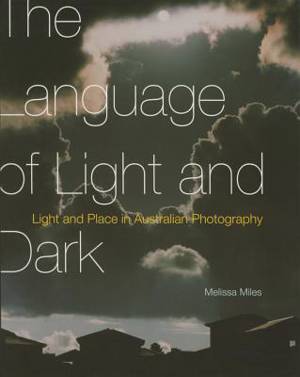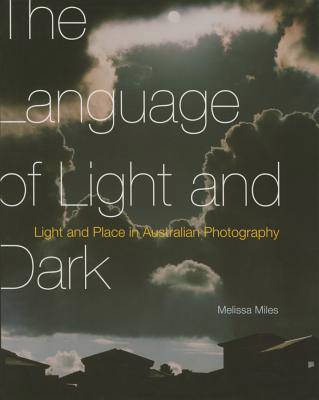
- Afhalen na 1 uur in een winkel met voorraad
- Gratis thuislevering in België vanaf € 30
- Ruim aanbod met 7 miljoen producten
- Afhalen na 1 uur in een winkel met voorraad
- Gratis thuislevering in België vanaf € 30
- Ruim aanbod met 7 miljoen producten
Zoeken
The Language of Light and Dark
Light and Place in Australian Photography
Melissa Miles
Hardcover | Engels
€ 106,95
+ 213 punten
Omschrijving
Light features prominently in the work of Australia's artists, writers, and photographers. Myths of a distinctly Australian light have shaped national identity and belonging, and the notion that photography is a language of light has particular significance for the country's photographic works. The Language of Light and Dark recounts this history of light as a medium and a metaphor from 1901 to the present. In this lucid, beautifully illustrated study, Melissa Miles reveals how myths of light and place have been reinvented, renewed, and challenged. She explores how approaches to darkness and light have been affected by debates about colonization, the landscape, urban development, and contemporary patterns of global and environmental change. An extensive selection of pictures from photographers including Norman Deck, Harold Cazneaux, Max Dupain, Olive Cotton, Mark Strizic, John Cato, Jane Burton, and Bill Henson shows the range and diversity of photography in Australia and how it links to - and diverges from - international movements and styles. Addressing topics from indigenous histories to the iconography of national discourse, and from evolving photographic techniques to light therapy, The Language of Light and Dark offers a new approach to the visual history of a nation and a continent.
Specificaties
Betrokkenen
- Auteur(s):
- Uitgeverij:
Inhoud
- Aantal bladzijden:
- 340
- Taal:
- Engels
Eigenschappen
- Productcode (EAN):
- 9780773545502
- Verschijningsdatum:
- 1/07/2015
- Uitvoering:
- Hardcover
- Formaat:
- Genaaid
- Afmetingen:
- 207 mm x 262 mm
- Gewicht:
- 1324 g

Alleen bij Standaard Boekhandel
+ 213 punten op je klantenkaart van Standaard Boekhandel
Beoordelingen
We publiceren alleen reviews die voldoen aan de voorwaarden voor reviews. Bekijk onze voorwaarden voor reviews.











